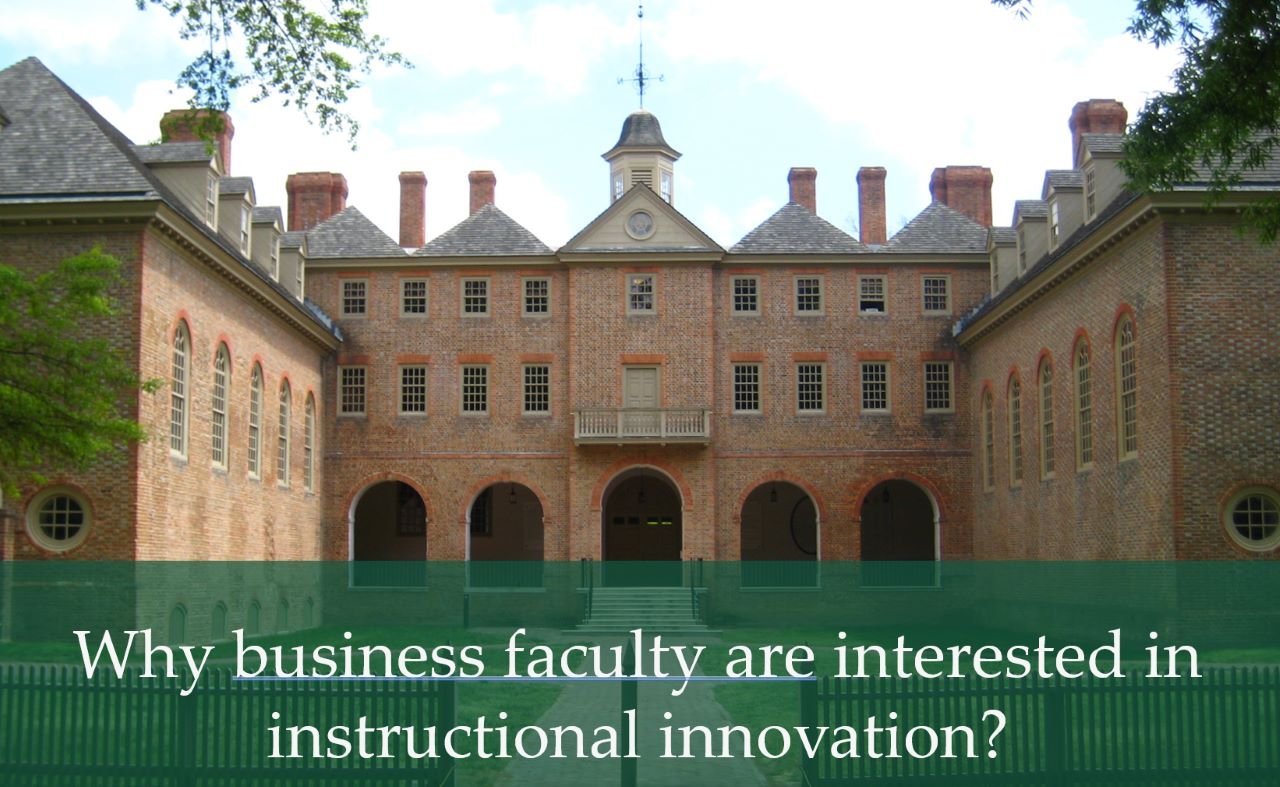Building a Culture of Instructional Innovation: Opportunities and Challenges (Presentation)
In today's rapidly evolving educational landscape, fostering a culture of continuous innovation – embracing new ways to enhance the learning experience – is a top priority for many institutions. However, motivating faculty to explore and implement new teaching approaches can be a significant challenge. In 2017, while at William & Mary, I presented at the Online Learning Consortium (OLC). My presentation titled "Building a Culture of Instructional Innovation: Opportunities and Challenges" aimed to ignite a conversation on how institutions can best support and inspire faculty to embrace innovation in their teaching. Presentation Summary The Context of Innovation: My presentation explored the interplay between an institution's mission focused on high-quality teaching and a broader culture embracing innovation. It highlighted the need for alignment between these two objectives. Defining Instructional Innovation: To frame the discussion, I clarified that instructional innovation encompasses any new or creative approach that aims to enhance students' learning. Such innovation can be small-scale, large-scale, and may or may not involve technology. Understanding Faculty Needs: The presentation delved into the fundamental needs of faculty: ongoing development, recognition, rewards, autonomy, and the desire to teach effectively. Motivating Faculty: I highlighted both common incentives (promotion opportunities, compensation, release time) as well as often overlooked intrinsic motivators, such as the desire to improve student learning and a sense of belonging to an innovative institution. Barriers to Innovation: A significant portion of the presentation focused on real-world obstacles that commonly hinder faculty's adoption of new teaching methods: Negative Perceptions: Skepticism towards the effectiveness of new approaches and the training needed to implement them. Lack of Motivation: Even when extensive resources are available, faculty (especially junior faculty focused on tenure) may not prioritize innovation. Time Constraints: Limited time to explore and implement new strategies. Workload Concerns: The additional work required may be a deterrent, especially when development time is [...]


